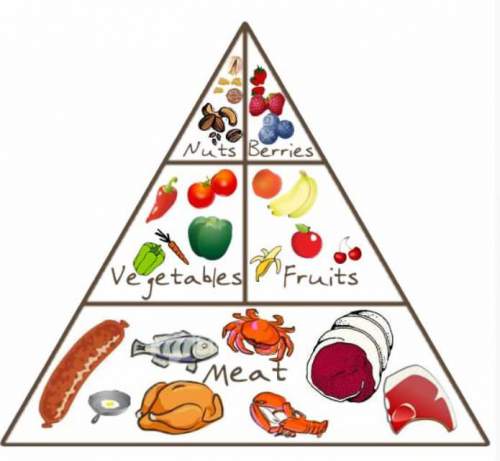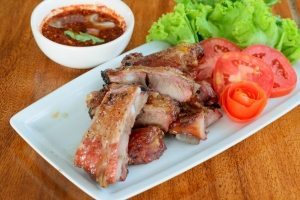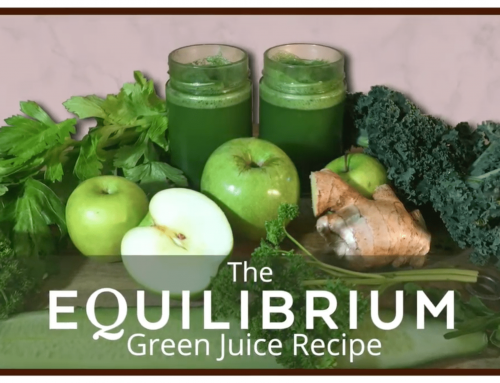
The Paleo Diet Food Pyramid – Not a grain or any processed food in sight! And I’d like to say Thanks To Health=Freedom for this great infographic
As a student of holistic health, I have studied almost every diet and nutritional theory which has been both fascinating and confusing!
Confusing as they all make logical sense when you hear the champion present them and they are, in the main, all backed-up by some form of scientific evidence.
Naturally, many people spend their lives scouring the internet, reading books and watching videos to find the latest insights and try to discover what’s ‘right’ for them.
Some diets focus on the way the food is prepared, or recommend eating less on particular days. Others stress low carbs, or low fats; whilst others exclude meat, or like the Paleo Diet, exclude whole categories such as grains.
What to eat and the emphasis on which food groups to choose is often represented in a food pyramid, showing the main food groups at the bottom and the food to eat less of at the top.
Although nutritionists disagree over so many things, one part of the food pyramid where there seems to be universal agreement is in eating a large quantity of vegetables, preferably green, leafy, organic vegetables which are full of nutritional benefits.
So let’s dive in and try to better understand the increasingly popular Paleo Food Pyramid and how does it differ from other food pyramids?

Paleo – ‘You’ – but before supermarkets and commercial grain farming
1. The Paleo Diet follows the agreed upon guidelines about vegetables – and was somewhat controversial (and therefore interesting, and popular!) when it was initially put out to the media, as it advocates eating meat (including offal), and fats and steers away from grains.
2. There’s a big tick for fermented foods like sauerkraut too.
3. This is in the opposite corner of the raw food, vegan or low fat diets – and even from the ‘standard’ food pyramid which has grains (bread, cereals, pasta, potatoes etc) at the bottom as the ‘staple’ food.
4. The Paleo approach uses the Cave Man as its mascot. ‘Paleo’ means pre-historic, or ancient. Think of it as ‘you’ but before supermarkets or grain farming. That means meat, fish, eggs, nuts, seeds and plenty of fruit and leafy green vegetables but no bread, pasta or such like. And definitely NO processed food of any kind.

Paleo Diet Food Pyramid – Hold The Fries!
5. If you went to a restaurant, you’d look at your Paleo Diet Food Pyramid and you would choose a rack of ribs, plenty of salad, with an egg and an avocado on the side, but you’d need to hold the fries and onion rings.
You’d probably have a handful of almonds, a glass of milk and some dark berries too if it was on the menu! People with gluten allergies like this approach, and people who are advocates have reported that digesting carbs took a lot of their energy.
In fact there are some great ‘paleo’ foods on the market now, replacing ‘cereal’ bars and sweets, made from dates and berries and nuts, so it’s getting popular.
It makes perfect sense not to eat processed food, and of course to eat green leafy vegetables, and ‘good fats’.
So I’m curious, do you follow the Paleo Diet Food Pyramid?
Is Paleo for you? Do you follow it? What benefits have you seen?
Let me know your thoughts on our facebook page.
Lawrence is a qualified Health Coach and can help you transition to an eating plan and lifestyle that best suits you. To get in touch, contact him here.
PS : To receive free tips nuggets of wellbeing wisdom by email, sign up for our Healthy Habits Ezine.







